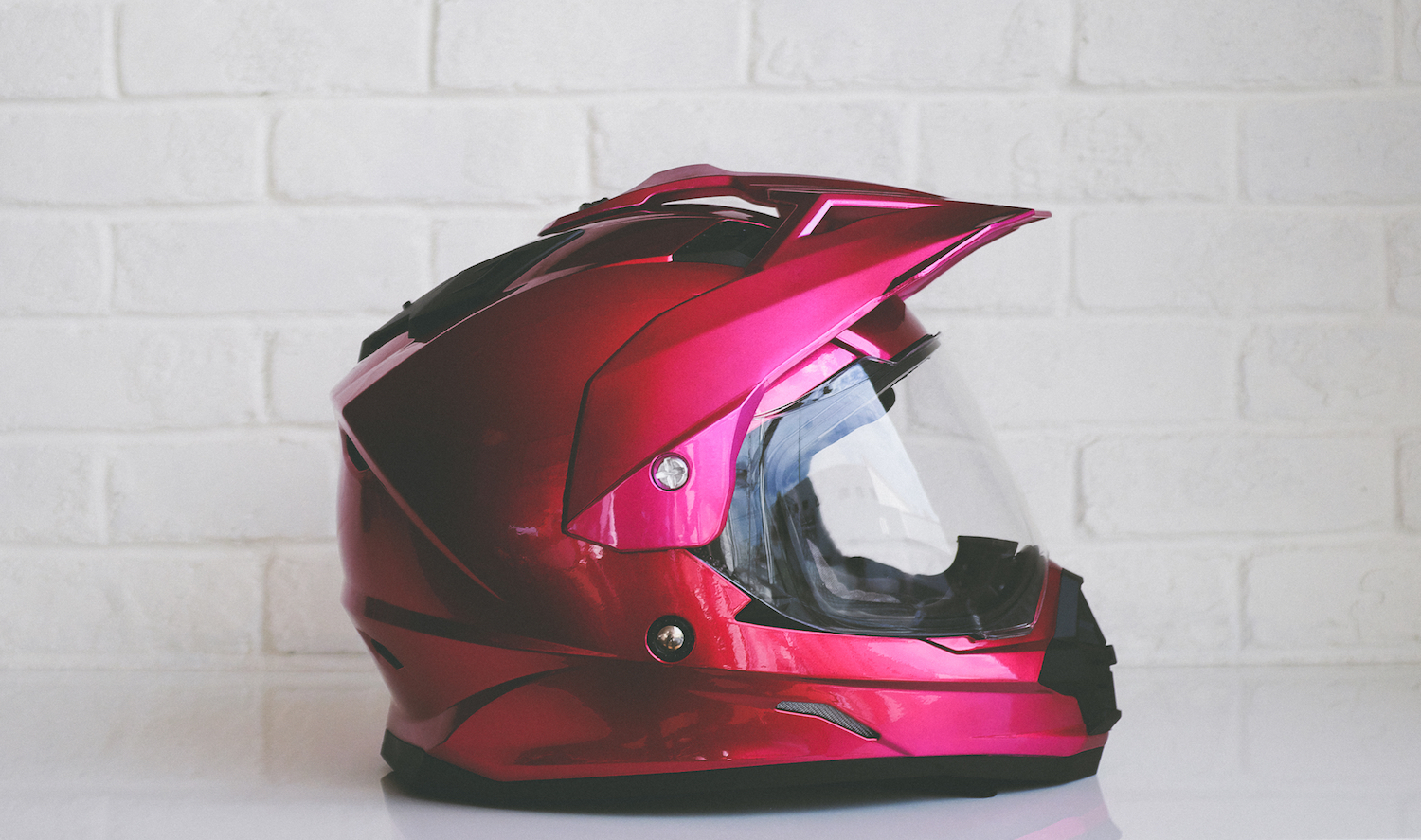Does DOT Really Mean Anything?
A lot of people know that the Department of Transportation certification for motorcycle helmets isn’t very good. There’s a lot of problems with it, including the fact that testing was based on data from people in automobile accidents, the testing methods are out of date, and that helmet manufacturers get to self-certify their helmets.
Not only do manufacturers self-certify, but they also get to choose the areas of the helmet to test. This often leads to helmets being really strong in some areas and not so much in others. Stronger points are needed in some areas of the helmet, but it’s also a way for the manufacturers to cheat the helmet safety standard. Also, there’s little keeping manufacturers from straight up lying.
That’s why the recent article on DOT helmet safety data from Ultimate Motorcycling really isn’t all that surprising. The publication stated that since 2014, 124 helmets with claimed DOT approved status were tested to see if they really do comply. Of that group, 52 of them (42.1 percent) failed. Not only are DOT safety standards sub-par, but many helmets claiming DOT approval don’t actually meet the standards.
The big culprit here is the self-certification. It’s a joke. The National Highway Traffic Safety Administration conducts enforcement, but only after the helmets are actually out on the market. This means thousands of riders could buy faulty equipment before the NHTSA validates the company’s safety claims. Also, with only 124 helmets being tested by the NHTSA since 2014, I can only imagine how many faulty products are on the market.
So what’s the solution? Turn to European safety standards or the Snell Foundation. This isn’t exactly new information. The European helmet safety standards are better, and people have known this for a while. Also, the Snell Foundation does its own testing and doesn’t have the same problems as DOT.
Also, stick to well-known and well-respected brands. They’re going to do their best to live up to their reputation, meaning you’ll get a helmet that’s actually safe. Ultimate Motorcycling goes into this data in further depth, so if you have any questions about specifics, give their article a look.



Thanks for publishing this piece. Foxes guarding the hen house is bad policy.
Turn to European standards? What nonsense. The _standard_ isn’t the issue here, testing and enforcement is, and there’s no government testing or enforcement in North America of European standards. We’ll ignore the highly dubious claim of superior protection for the moment.
Snell Tests helmets and enforces the standard. _That’s_ what we should turn to.
Hey John, you’re right about Snell. The foundation does do its own testing. I’ve updated the article to include that. Good point.
Tell us something we don’t t know……
Why not publish the faulty helmets? And if they fail after the fact why isn’t there a recall? Money refunded or replacement with helmet that has passed.
Personally I prefer ECE rated helmets, but SNELL is an option too. I will have to read the U M article to see what brands were naked. Will I be shocked and see big names on the list or will it be obviously questionable helmet companies?
I’d love to see the list and results…
Ditto on the need to see what is really junk.
I found a few minutes the other day – got through 2014 and started on 2015.
Most of them are Chinese half-dome helmets that aren’t surprising. I am only cataloging the Performance failures and not the Labeling failures.
I am also including the links to the actual test reports that have the numbers and graphs, etc. I’ve created a visual pass/fail colored matrix for ease of lookup at a first glance.
Maybe I should share it and get some collaboration… 😀
https://docs.google.com/spreadsheets/d/1KGqzLPbNd0R5A5MhLNP30V5tHndqus8alkdiLwd8tc4/edit?usp=sharing
Here is the viewing only link to the list.
The 2018 test is not loading correctly (NHTSA loaded the wrong one) but that helmet had a recall which I linked under the missing test report.
I’m not surprised by the results.